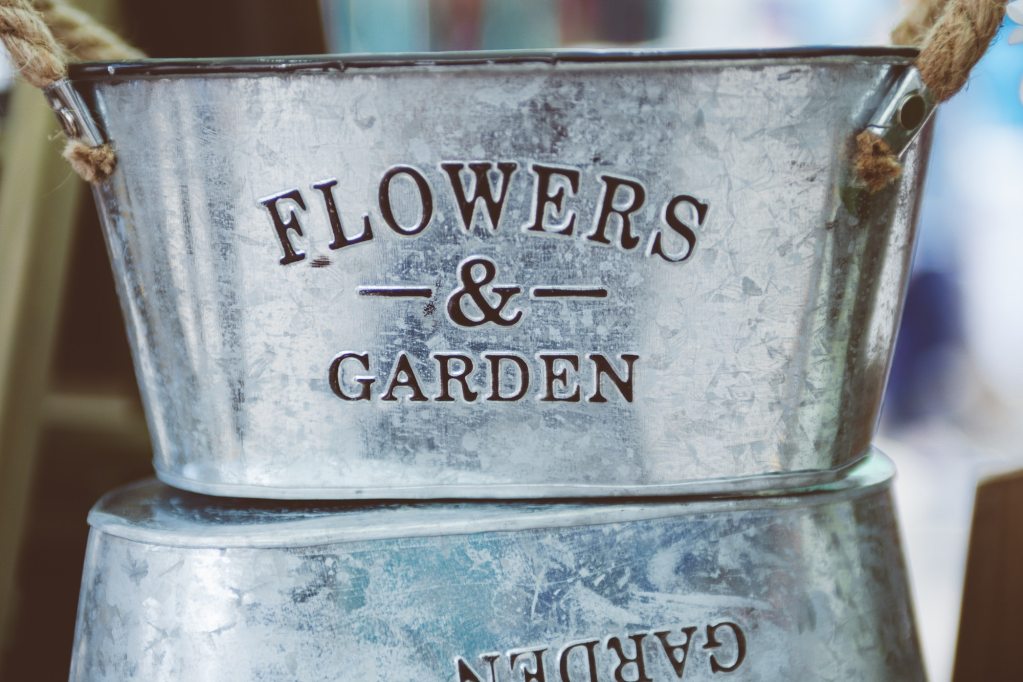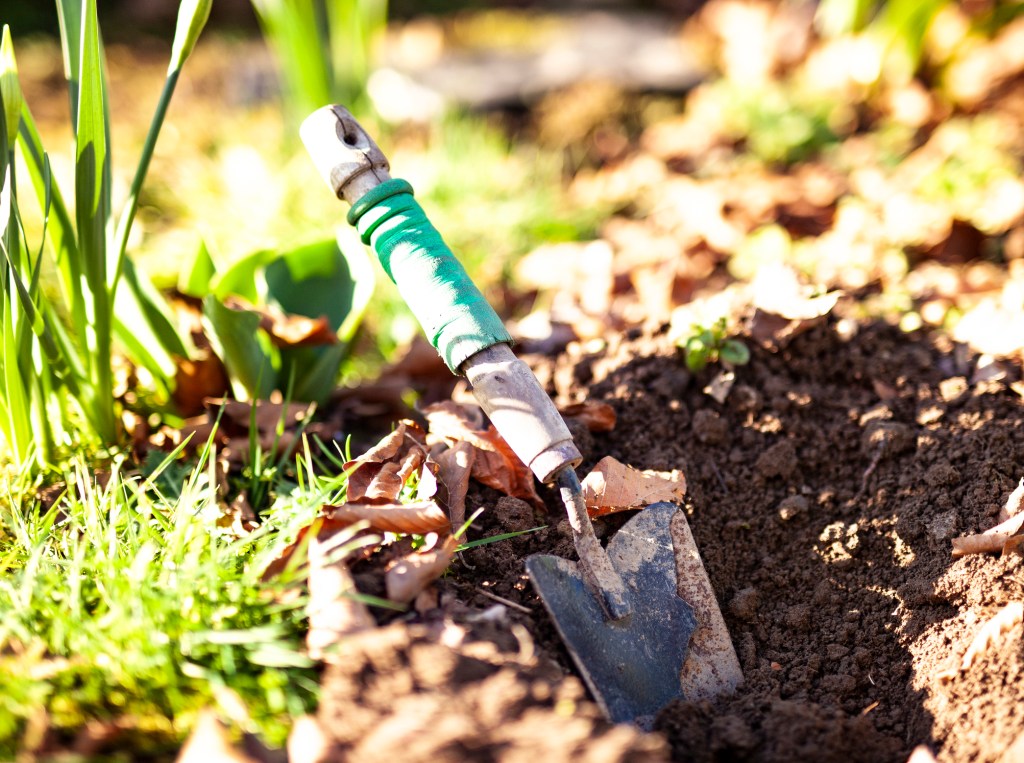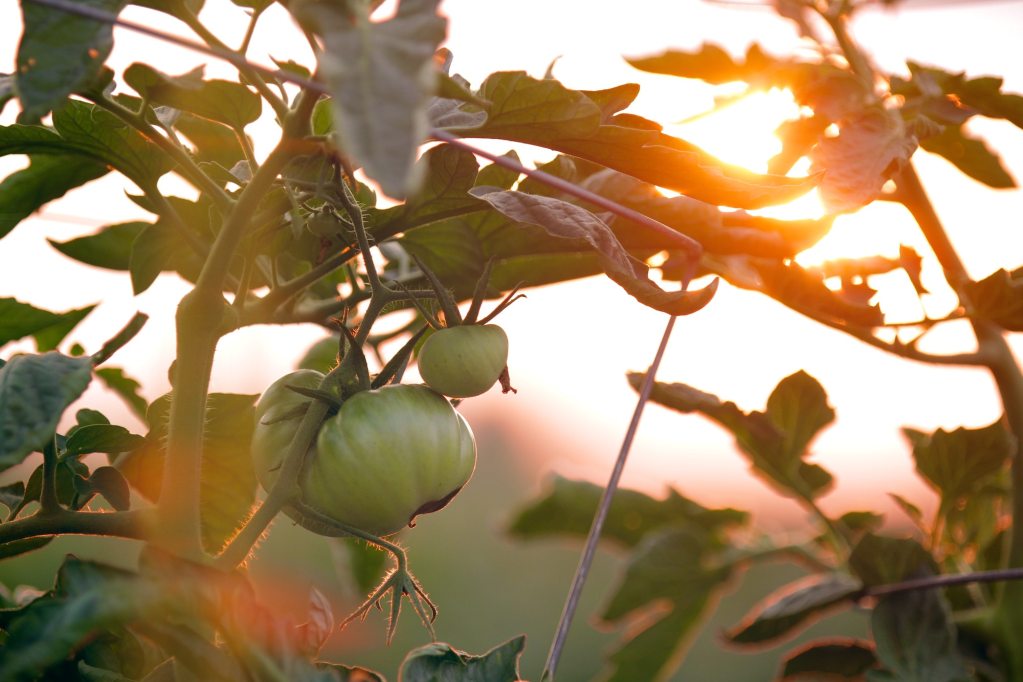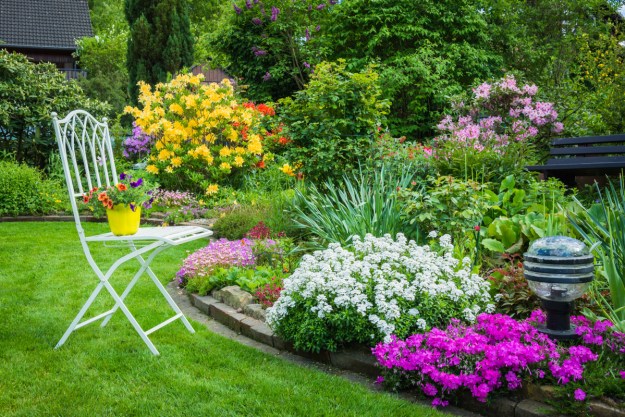Growing your own food or flowers comes with a sense of achievement, not to mention the beautiful or tasty product that comes from it. While there are some traditional tips, tricks, rules, and necessities for home gardeners, gardening doesn’t have to be complicated or even require a backyard. With the help of some containers, you can grow your very own plants in the comfort of your home or a patio. Keep reading to learn about important aspects of container gardening.

Planters and pots
Before planting anything, you should carefully consider the vessel in which you’d like to grow your plant(s). Any food-safe container with good drainage can work for gardening, but some containers are better suited for the task than others. The larger the container, the more soil and moisture it will retain, making its contents easier to care for.
You could build your own wooden planters, purchase self-watering pots, or use terra cotta containers. Note that if you use a terracotta pot, the clay sucks water from the soil, so you will likely have to water your plants more often. Gardening Know How explains that terracotta isn’t good for seeds and plants like ferns.
Seeds and seedlings
When choosing how to start growing your plants, you may be confused as to whether to pick seeds or seedlings. Seeds are far cheaper and allow you to grow varieties that aren’t often sold as seedlings. However, they require more effort to grow initially and must be carefully tended to so as to not dry out or become overwatered.
Penn State University states, “One common option to achieve optimal germination temperature in growing media is to use germination mats.” They’ve also displayed a chart with the right temperatures and times for growing seedlings.
Look for bush or dwarf varieties of plants, as these are better suited to being grown in containers. Also, make note of any special growing requirements your chosen plant has. Tomatoes, for instance, will require a trellis or stake to climb up as they grow on vines, while carrots need containers that are at least twice as tall as the vegetable to be grown.

Soil and fertilizer
When potting plants, don’t use soil from outside. Instead, purchase plant soil that is made just for that purpose. This type of soil is made to drain well. Organic soils are also available. Most soils used in gardening do not have the nutrients plants need for optimal growth. You can check the pH balance of the soil as well. You must provide these nutrients by applying fertilizer to the soil. The frequency and type of fertilizer you need to use will depend on what you are growing. Sometimes, people will mix fertilizer in with the potting soil before placing the plant into it.
Synthetic fertilizers might have to be used throughout the growth cycle of a plant since they kill the beneficial organisms naturally found in soil. Aside from commercially bought fertilizers, you can make your own fertilizer by composting at home. Every week, place a liquid emulsion of fertilizer in your plants’ pots.
Watering and drainage
Drainage is very important to plant growth. Overwatering plants can easily kill them since their roots will rot. So, make sure that the pot or container you use has enough holes that water can exit appropriately.
“Poor soil drainage will result in water-logged, saturated soils, which greatly affects plant growth. Saturated soils reduce oxygen-availability to roots, and decrease the plant’s ability to take up water through its roots,” states the Water Conservation for Lawn and Landscape Community.
You can drill holes, if necessary, and cover large holes with a coffee filter so as to not let soil escape. Contrary to popular belief, adding gravel or stones to the bottom of a pot does not negate the need for proper drainage holes. Plants can also be overwatered if watered too frequently, regardless of how well their container drains water. Some plants must be watered daily, while others might only have to be watered every few weeks.

Light and heat
Most vegetables and many plants require direct sunlight for at least five hours a day. Research your cultivar before placing it directly in the sun, as some plants are quite sensitive to sunlight. If kept outside, you shouldn’t use dark-colored or metal containers, as they easily overheat, damaging your plants. Also, if you live in a hot climate, you may want to shade your plants sometime during the day so that they don’t overheat.
Note that many people overestimate the amount of light a container gets, so before planting, place the container in the area where you will grow the plant, and check how much sunlight it receives every 30 minutes or so. You can also use a sun calculator — an electronic device that measures sunlight — to get a more accurate number.
Container gardens are lovely ways to become involved in gardening. These can be easy to maintain and don’t take up as much room as a traditional garden. Container gardens are a fun method for introducing you or your family to plant care without requiring too much effort or time.
Editors' Recommendations
- 10 simple yard cleanup tips that will make your life easier
- When you should (and shouldn’t) put used coffee grounds in your garden
- 10 stunning rustic Christmas decor ideas that actually feel fresh and modern
- 10 dumb Thanksgiving turkey mistakes that will absolutely ruin your holiday
- Glass vs. plastic containers: Which food storage option should you choose?




